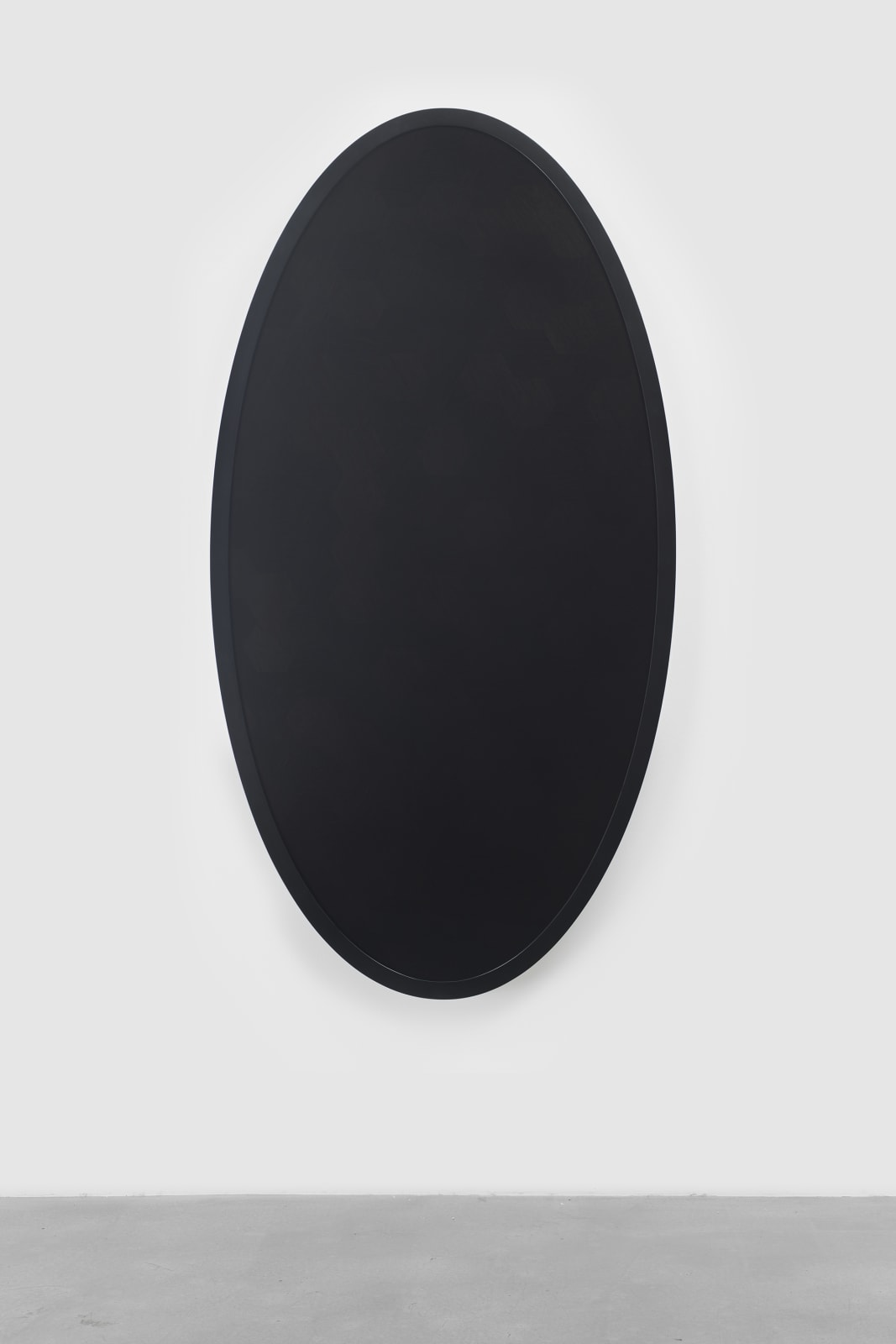-







Mirror (The Library), 2021
White oak marquetry, ink, mirror polish, painted frame69 x 36 x 2 1/2 in (framed)
175.3 x 91.4 x 6.3 cm$ 65,000.00Further images
For McElheny, the mirror is a “kind of methodology,” that enables the creation of more space “without building it,” and the creation of more light “without adding more light.” This...For McElheny, the mirror is a “kind of methodology,” that enables the creation of more space “without building it,” and the creation of more light “without adding more light.” This ellipse-shaped “mirror” is built of interlocking wooden hexagonal shapes, enlisting marquetry to interpret Borges’ proposal for the fundamental form of knowledge and structure of the universe. The wood of this framed work is tinted darkly and hand-polished to an extremely high gloss, brown-black finish. The resulting mirror-like effect shows the viewer a reflection of themselves cast within the underlying hexagonal structure of the library.
According to McElheny, its full-length size, shape, and vertical orientation is meant to echo the mirrors in every room of Borges’ library. He explains, “for Borges, mirrors are another kind of infinity in addition to the literally infinite library.” On one hand, “Borges saw mirrors as a kind of horror: you are never safe in your own body, mind, selfhood—because there is always another you.” But he also saw mirrors as “a symbol of groundedness. The librarians can see the infinity even though they’re inside of it. The mirror is there to both remind them of their place and to ground them on some level.”Exhibitions
Josiah McElheny, Libraries, with a Film by Jeff Preiss and Josiah McElheny, James Cohan, 291 Grand Street, April 17 - June 12, 2021













